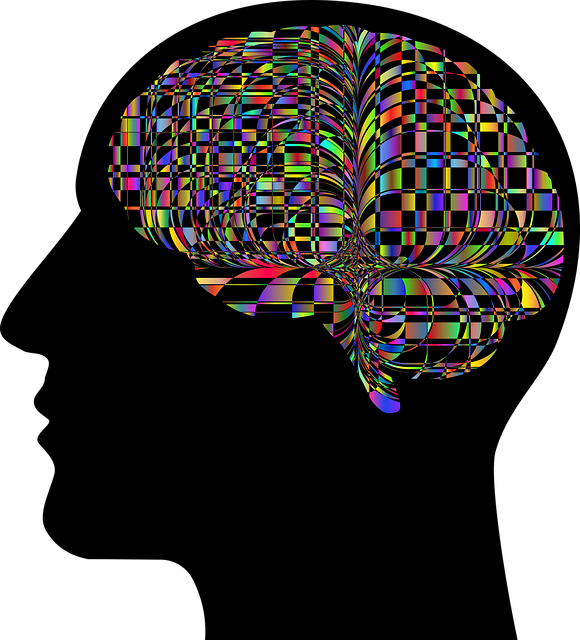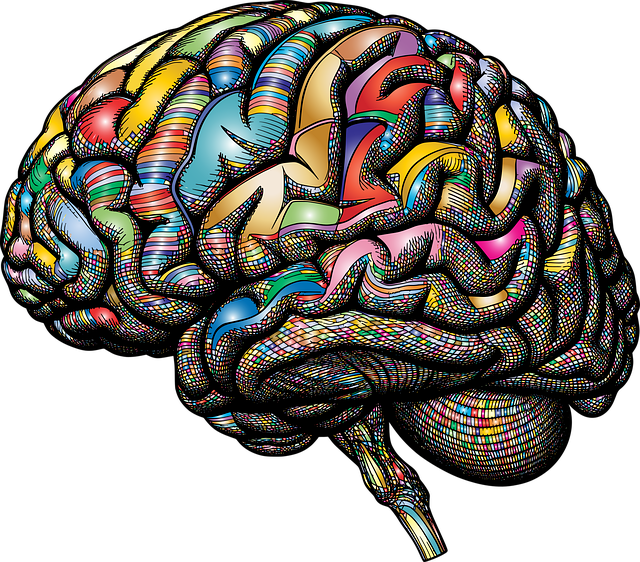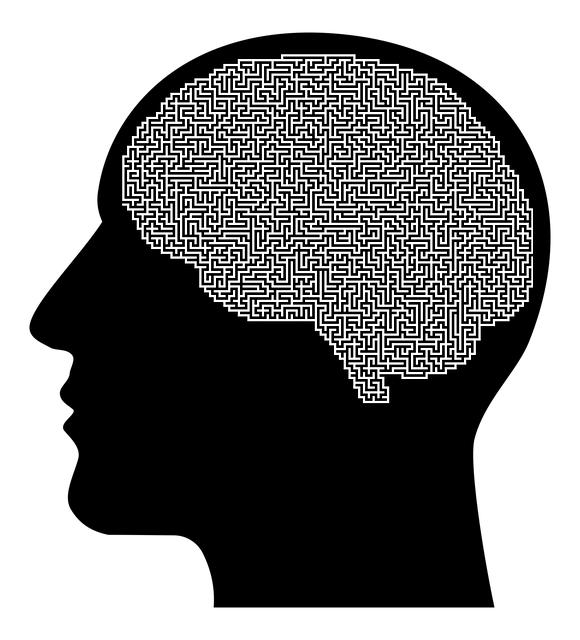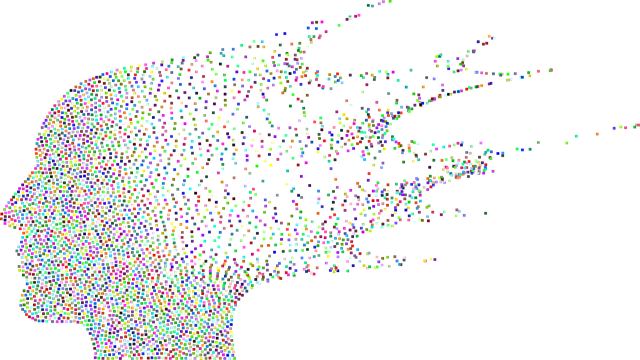Centennial Somatic Experiencing Therapy (C-SET) is a groundbreaking therapy that targets deep trauma and stress responses, empowering individuals to process and release stored memories. This holistic approach combines emotional healing with somatic practices, serving as an effective crisis intervention strategy and long-term mental health care solution. Backed by case studies, C-SET promotes profound changes in emotional and physical well-being, while risk management planning integrated with emotional intelligence ensures safe environments and positive treatment outcomes.
“In moments of crisis, effective intervention strategies can be life-saving. This article explores Centennial Somatic Experiencing Therapy (CSET), a powerful approach with historical roots, as a guiding force in modern crisis intervention. We delve into the key components that make CSET an indispensable tool for professionals. Through practical applications and real-world case studies, we demonstrate its effectiveness in managing trauma and distress. Understanding CSET offers valuable insights for those seeking to enhance their crisis intervention skills.”
- Understanding Centennial Somatic Experiencing Therapy: A Historical Perspective
- Key Components of Crisis Intervention Strategies
- Practical Applications and Case Studies in Real-World Settings
Understanding Centennial Somatic Experiencing Therapy: A Historical Perspective

Centennial Somatic Experiencing Therapy (CSET) has its roots in a rich history of understanding human trauma and its impact on the mind-body connection. This therapeutic approach emerged from years of research and practice, building upon the foundational work of pioneering mental health professionals. CSET draws on various psychological theories and somatic practices to offer a unique perspective on healing. The method acknowledges that traumatic experiences can leave profound and often invisible scars on individuals, affecting their physical and emotional well-being.
In today’s context, where cultural sensitivity in mental healthcare practice is paramount, CSET has evolved to incorporate diverse perspectives. This approach considers the intricate interplay between cultural backgrounds and individual experiences of trauma, emphasizing the importance of comprehensive risk assessment for mental health professionals. By integrating stress reduction methods tailored to each client’s needs, CSET facilitates a holistic process that aims to resolve deep-seated issues. This historical therapy provides valuable insights into navigating complex emotional landscapes, ensuring individuals can reclaim their sense of safety and well-being.
Key Components of Crisis Intervention Strategies

Practical Applications and Case Studies in Real-World Settings

In real-world settings, Crisis intervention strategies like Centennial Somatic Experiencing Therapy (CSET) have proven invaluable. CSET integrates emotional healing processes with somatic practices to address traumatic responses, offering a holistic approach that enhances traditional talk therapy. By focusing on the body’s intelligence, this method facilitates the release of trapped emotions and memories, enabling individuals to process and integrate their experiences more effectively. Case studies illustrate its success in various contexts, from acute crisis situations to ongoing mental health care.
Professionals adept at risk management planning can further optimize these interventions. By incorporating emotional intelligence into their practice, they can anticipate and mitigate potential risks, ensuring safe and supportive environments for clients. This combines robust risk management planning with an understanding of the emotional healing processes unique to each individual, fostering more impactful and enduring positive outcomes in treatment.
Centennial Somatic Experiencing Therapy (CSET) offers a unique and effective approach to crisis intervention, as demonstrated by its historical roots and successful practical applications. By integrating key components such as emotional regulation, sensorimotor processing, and trauma reintegration, CSET provides individuals with powerful tools to navigate and overcome crises. The case studies showcased in this article further highlight the therapy’s ability to foster healing and resilience in diverse real-world settings. As we continue to explore innovative mental health solutions, CSET stands as a promising strategy, empowering individuals to reclaim their well-being and rebuild their lives during challenging times.














